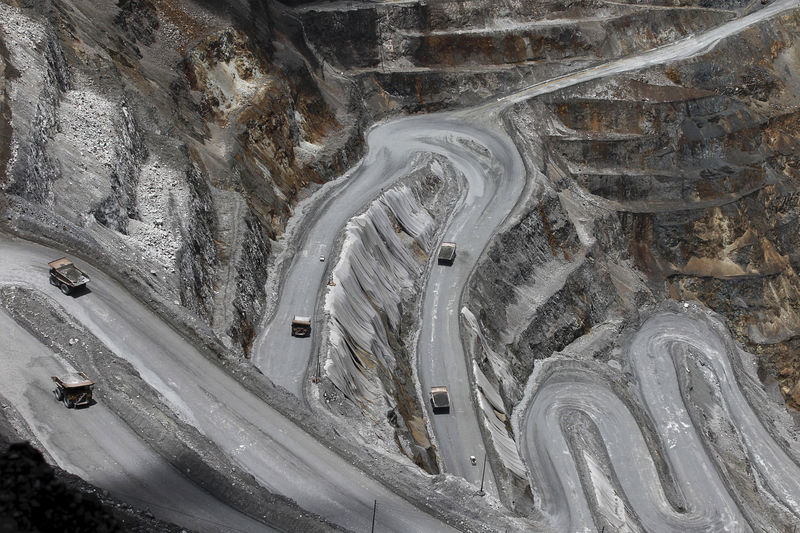In the intricate tapestry of mining exploration and resource estimation, the term "bulk sample" holds a vital place, representing a bridge between small-scale tests and full-scale production.
Bulk sampling is a practice as grounded in scientific rigor as it is in the age-old dream of unearthing treasure from the earth—except that in this modern quest, the treasure is not gold coins in a chest but rather the ore in its raw, promising form.
Imagine a piece of the earth's crust, a slice of geology that tells a story of aeons—this is what a bulk sample embodies. It is a large volume of rock, typically tons in weight, meticulously extracted to serve as a miniature model of the orebody it represents.
Sample size
The sample's size is crucial; it must be substantial enough to provide a reliable basis for decisions that could influence millions, if not billions, of pounds in investment.
For companies listed on the London Stock Exchange (LSE), TSX or ASX, particularly those involved in the extraction of minerals, the bulk sample is akin to a crystal ball.
It offers a glimpse into the future, a preview of what might be if the gears of machinery were to churn and the maw of the mine were to open.
Yet, this is no exercise in mysticism; it is a deeply scientific process, yielding data that guide decisions of profound economic consequence.
Primary purpose
The primary purpose of the bulk sample is to establish the metallurgical characteristics of the potential orebody. Metallurgy, the science of extracting metals from their ores and modifying the metals for use, is the beating heart of the mining industry.
Metallurgical testing encompasses a range of processes including comminution, flotation, and leaching, and the results inform everything from the design of the processing plant to the feasibility of the project itself.
A bulk sample undergoes a battery of tests to answer pressing questions: How will the ore respond to grinding and crushing? Which methods will yield the highest concentration of metal? What recovery rates can be expected?
The answers to these questions are not merely academic; they have real-world implications for the profitability and viability of a mining operation.
Avoiding the lab
The story of a bulk sample does not end in the lab. Its journey from the depths of the earth to the processing plant is a narrative of scale-up, of translating laboratory findings into industrial reality.
It's here that the meticulous work of engineers comes to the fore, using the data to craft the processes that will ultimately define the operation.
For investors, particularly the astute ones who look beyond the superficial allure of high-grade assays, the bulk sample is a chapter worth reading carefully.
Element of due diligence
It's an element of due diligence, a piece of empirical evidence that substantiates the claims of potential and profitability. In the realm of resource-sector investment, where risk is a constant companion, the bulk sample stands as a testament to informed assessment and methodical advancement.
